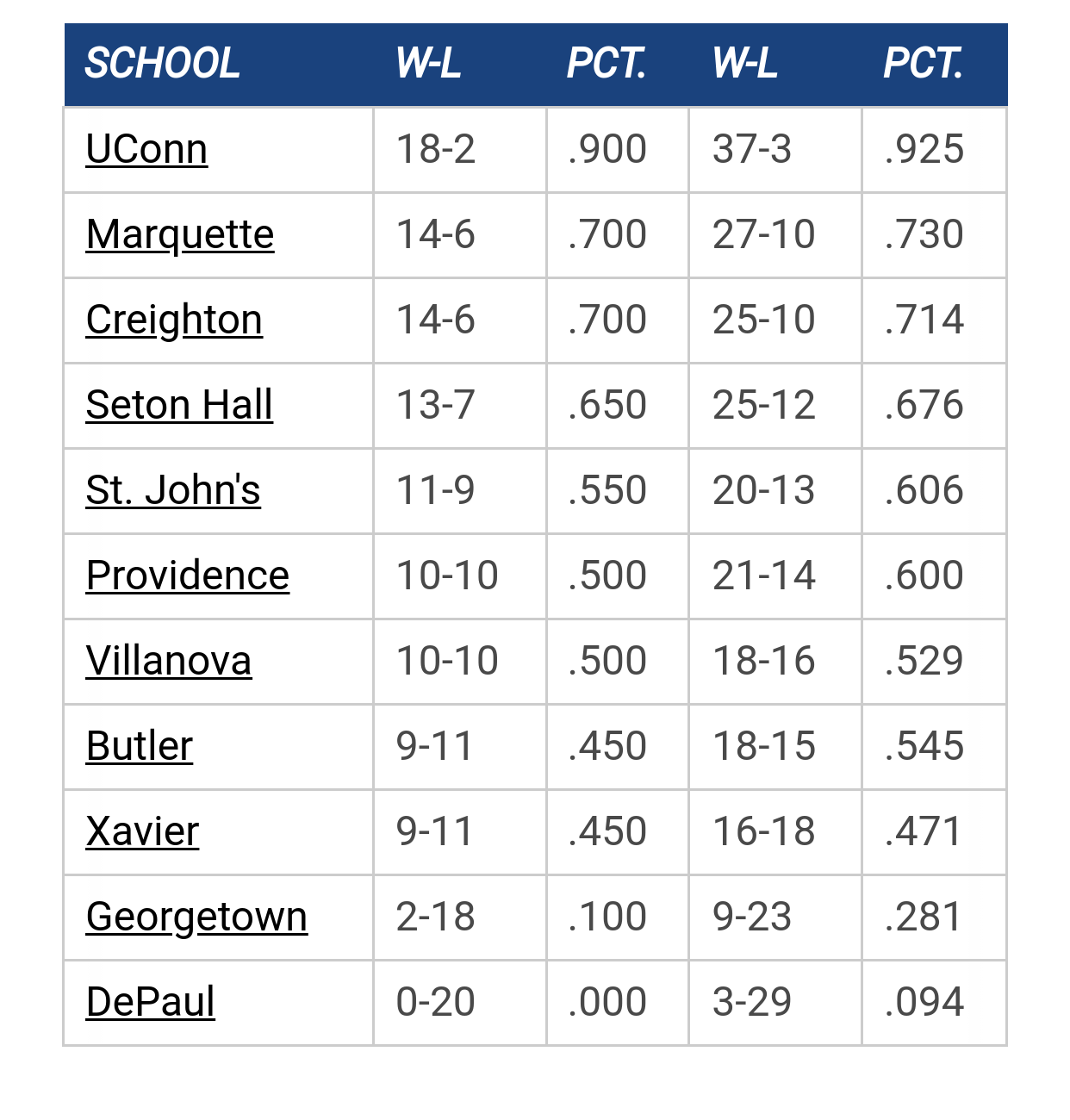- Welcome to MUScoop.
Marquette Team Rankings by MarquetteMike1977
[Today at 10:39:02 PM]
Welcome Alex by kclem
[Today at 10:00:07 PM]
5th Year, so judge by DoctorV
[Today at 09:55:36 PM]
2025-26 Big East Thread by brewcity77
[Today at 09:49:42 PM]
Jaguars SOTG by TAMU, Knower of Ball
[Today at 09:12:04 PM]
Recruiting as of 9/15/25 by Jay Bee
[Today at 07:45:32 PM]
2025-26 College Hoops Thread by brewcity77
[Today at 05:44:23 PM]
[Today at 10:39:02 PM]
Welcome Alex by kclem
[Today at 10:00:07 PM]
5th Year, so judge by DoctorV
[Today at 09:55:36 PM]
2025-26 Big East Thread by brewcity77
[Today at 09:49:42 PM]
Jaguars SOTG by TAMU, Knower of Ball
[Today at 09:12:04 PM]
Recruiting as of 9/15/25 by Jay Bee
[Today at 07:45:32 PM]
2025-26 College Hoops Thread by brewcity77
[Today at 05:44:23 PM]
The absolute only thing required for this FREE registration is a valid e-mail address. We keep all your information confidential and will NEVER give or sell it to anyone else.
Login to get rid of this box (and ads) , or signup NOW!
Indiana Date/Time: Nov 9, 2025, 12:00pm TV: ESPN Schedule for 2025-26 |
||||||
User actions



